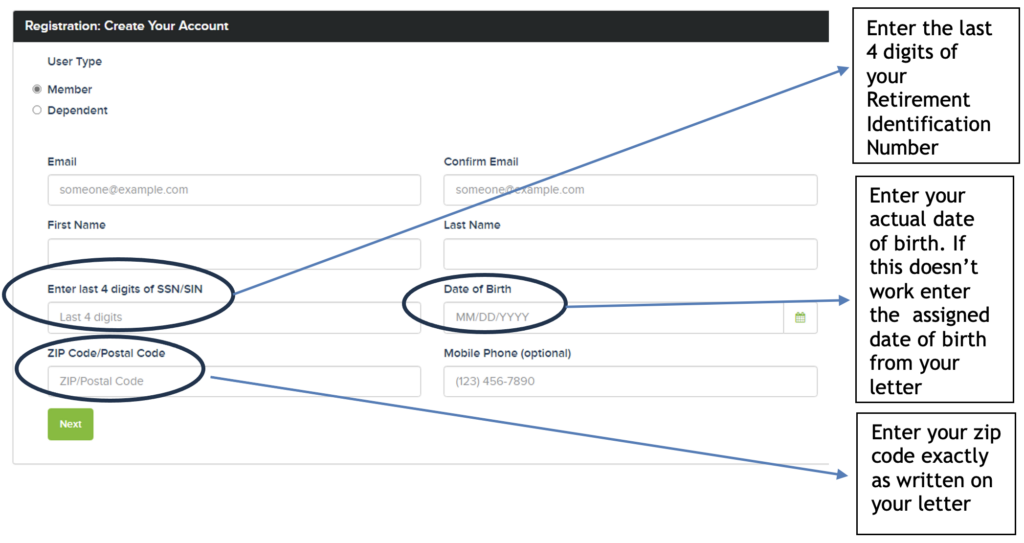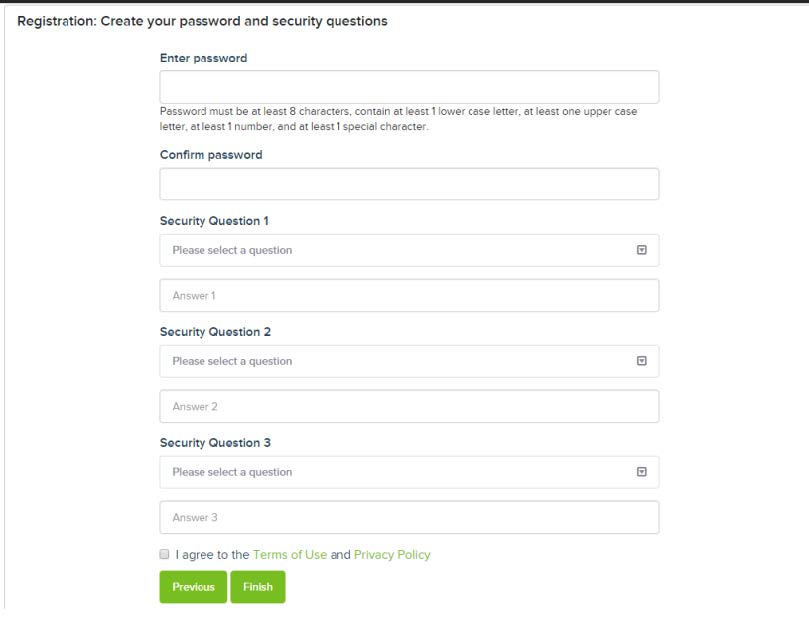COVID-19 has been an economic disaster for child care providers who provide crucial care for children of frontline workers
Max Arias, Chairperson of Child Care Providers United (CCPU), issued the following statement on behalf of the 40,000 child care providers in California represented by CCPU in response to news of the Trump administration ending negotiations for a Coronavirus stimulus package:
“The budget Governor Newsom and state legislators passed this year took a huge gamble with California’s child care system. Today, they lost that bet when the Trump administration walked away from negotiations on coronavirus relief. They put at risk thousands of child care providers across California, the children they serve and the stability of every Californian who relies on child care to be able to go to work.
“Even before today, child care was in crisis across California. Over 5,200 family child care providers have been forced to shut their doors since the beginning of the year, and each week another 200 pack up their books, art supplies, and song sheets for the last time. Without federal relief to offset state budget cuts, providers are now at the point of no return. Providers who were already at the breaking point will now be forced to absorb upwards of $1,000 each month in family fees when children stay home as a safety precaution in the pandemic.
“Knowing we couldn’t count on Trump to protect California’s child care providers and the families who rely on them, we joined a coalition of organizations from across California and identified revenue sources to protect this critical infrastructure. What does it say about our leaders that they chose to tax women of color rather than billionaires? That they would put at risk the jobs of essential workers in grocery stores, skilled nursing facilities and other frontline roles?
“Trump’s selfish action today demands that California’s leaders step up to be the grown-ups our families can count on. Tax the millionaires and billionaires in California as they continue to make record-breaking profits during the pandemic in order to invest in the essential infrastructure like child care which is critical to our recovery.”




